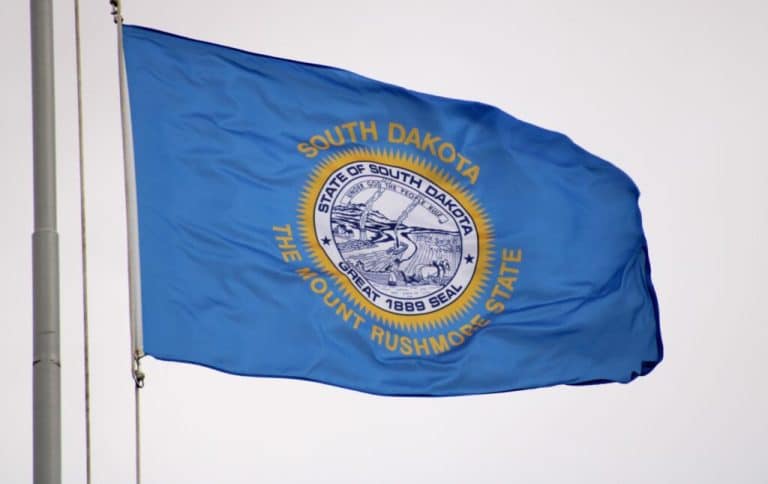ROSEBUD, S.D. — The “one-sided” version of Thanksgiving often taught in public schools has long frustrated Native Americans, especially as it occurs in the middle of National Native American Heritage Month. One South Dakota teacher says sees hope, but she wants more action from administrators.
A 2019 report from the National Congress of American Indians noted 27 states don’t even mention Native Americans in their K-12 curriculum. But a majority of states surveyed said they’re trying to improve their lessons.
Leslie Crow, who teaches on the Rosebud Indian Reservation, sees positive movement in South Dakota, but she worries many students aren’t getting the whole story.
“All students need to understand, that way, you know, non-Natives can also appreciate our culture and would also be more empathetic to our culture and the way of life that was taken from us,” Crow said.
Crow said she attended public schools and didn’t learn much about her community’s history until she transitioned to a tribal school.
The state Department of Education didn’t respond to a request for comment before deadline. But in 2007, South Dakota passed a law requiring the development of content on the history behind the region’s tribes.
Crow, who also is a member of the South Dakota Education Association, said part of the difficulty is getting enough dedicated staff to carry out the lesson plans in ways that allow students to absorb the information. She thinks if administrators encouraged more teachers to embrace the curriculum, their students might have greater appreciation for the contributions of Native Americans.
“There comes a lot of good things that our people know and have, you know. Like, our way of life is really sacred,” she said. “There’s a lot of all these good things that really help our people to survive.”
One example of teachers taking the initiative is in Rapid City, where a handful of educators have each been assigned roles to fully integrate the curriculum across the district.













